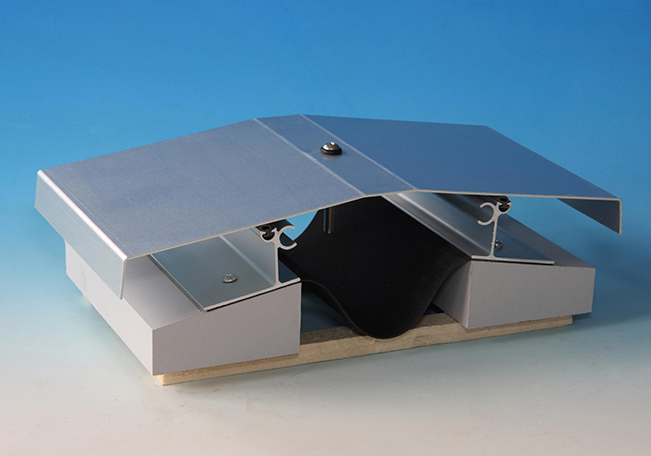Odds are on the off chance that you run or work a plant, you have pipes; and your channeling will require metallic development joints all through the pipelines. There are different sorts of metallic joints for different kinds of line capacities. The most fundamental kind of metallic joint models is the single sort extension joint loosened. This metallic extension joint isn’t for the bigger lines. This model will ingest any of the developments in the segment of line which it is Aluminum Expansion Joint Cover. The single sort could conceivably be designed with a therapist ring, contingent upon the weight your lines will have.
An improvement upon this metallic joint is the single sort joint-tied model, intended for pipes that will make horizontal developments, to withstand the push of line during use. Two kinds of metallic development joints are accessible for further developed and complex line frameworks. The general sort extension joint loosened has two howls, associated by a middle line, to hold through the precise revolutions and in lines that have greater horizontal developments the single kind can’t hold. Marginally better than this, is the all-inclusive joint-tied model since its tie-bar gathering is sturdier and more proficient to keep harm to pipes from the pushing during Expansion Joint Cover Supplier.
The pivot type joint works, as you may have speculated, similar to a hold of a pivot, with two pivot plates and two or three pins. This metallic development must be introduced in arrangements of a few joints to work as planned. A gimbal type development is for pipelines that make differed developments; and like the pivot type, should be introduced in twos and threes to enough withstand the steady pushing and moving of the lines. Two sets of gimbal arms and pins will shield the metallic joint from being harmed and overexerted.
The weight adjusted sort joint is for huge lines or line frameworks that work under bigger measures of weight coursing through the funneling. These lines will require anchors to be introduced to forestall the metallic extensions joints to be pushed past their ability. Where an anchor can’t be introduced, at that point an equilibrium type joint will be utilized all things considered. Ultimately, the rectangular kind joint is intended for pipes that extend with heat from high temperatures and low weights. These metallic extension joints will deal with the development of warmth just as the development and vibrations of the residue authority, exhaust pipe, and the ventilator. Representing a test to the drawn-out soundness of a structure venture, concrete extends and agreements when presented to warmth and cold separately. Concrete is one of the most widely recognized materials in development, found in inside dividers and floors. Contractual workers and specialists use a few instruments to help keep up auxiliary trustworthiness despite development in a huge, homogenous solid zone.
The primary capacity of control joins is to forestall pressure develop because of containment. They ingest the weight made by growing plaster chunks and give the divider enough space to extend. Construction laws expect designers to introduce control joins on non-strengthened plaster sections at stretches equivalent to multiple times the thickness of poured plaster. For instance, a four-inch plaster piece ought to have a control connect each 120 inches or one each ten feet. Designers are permitted to make slight tasteful modifications to maintain a strategic distance from unattractive holes in open, noticeable zones. Development joints should be introduced in holes to limit development harm. Control pivots help forestall the powers of constriction and development, which are both normally found in solid floors, from harming close by fixed structures on block or outlined dividers. They make obvious holes on solid chunks. The hole is generally loaded up with different materials to shield the sections from moving a sidelong way. Right arrangement limits pressure breaks and forestalls harm to border dividers because of development.
Extension joints permit the concrete in structures and sections to flex and forestall harm to the general structure. Development joints should be set at double the chunk thickness for pieces with a total thickness of seventy five percent inches or less. For those with totals more noteworthy than 75% inches, a dividing of around over multiple times the thickness is required. This implies that a five-inch chunk of 75% inches total would require an extension joint put each ten feet.













